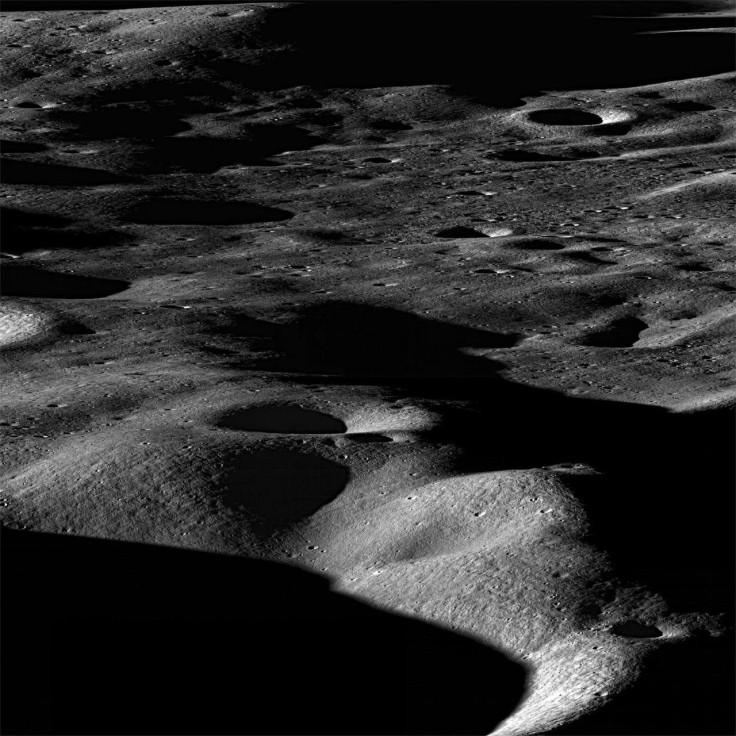NASA Scientist Says Moon Colonization Possible By Living Underground In Lava Tubes

A scientist from NASA has proposed using the underground lava tubes on the Moon as possible sites for lunar colonies. According to the scientist, these areas could shield future colonists from the harsh lunar and space conditions outside.
Since NASA first announced its plan to return to the Moon through a new mission, there have been talks regarding possible colonization expeditions in space. These would most likely begin with outposts in space before eventually transitioning into large settlements for colonies.
One of the main issues that space agencies need to overcome regarding space colonies is the environmental conditions. Factors such as space radiation, meteorite strikes and extreme temperatures are some of the problems identified by agencies that can hinder the success of space colonies.
For Jim Green, a chief scientist at NASA, the space agency could look into lunar pits or lava tube skylights as possible locations for Moon colonies. According to Green, these underground lunar tubes were once filled with lava and now form a network of tunnels under the Moon’s surface.
Aside from the possibility of containing water, Green noted that these tunnels could be used as an interconnected system for underground transportation.
“We need to get in there,” he told Space.com. “We need to verify. Maybe there’s a lot of water in these skylights? We don’t know. We’re finding them all over the Moon.”
“We could actually build connective roads in them,” Green added. “It could be a whole new world for us. That’s an absolute game-changer.”
Since they’re underground, Green noted that the lava tubes will serve as the perfect spot for colonies since it will shield them from the harsh conditions of space and the Moon.
Before NASA proceeds with plans of colonizing the lava tubes, further studies are yet to be conducted on these underground cavities. One of these studies is being spearheaded by Anahita Modiriasari and her colleagues from Purdue University’s Lyles School of Civil Engineering. Their study focuses on the stability of the lava tubes during seismic movements and meteor strikes.
“All of this collected data is vital,” Modiriasari said. “We are using it to build an advanced model of the size, strength and structural stability of the lava tube.”
© Copyright IBTimes 2025. All rights reserved.





















